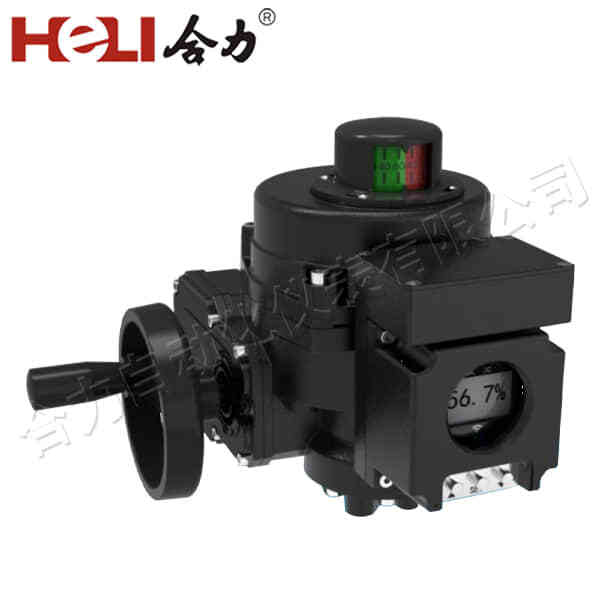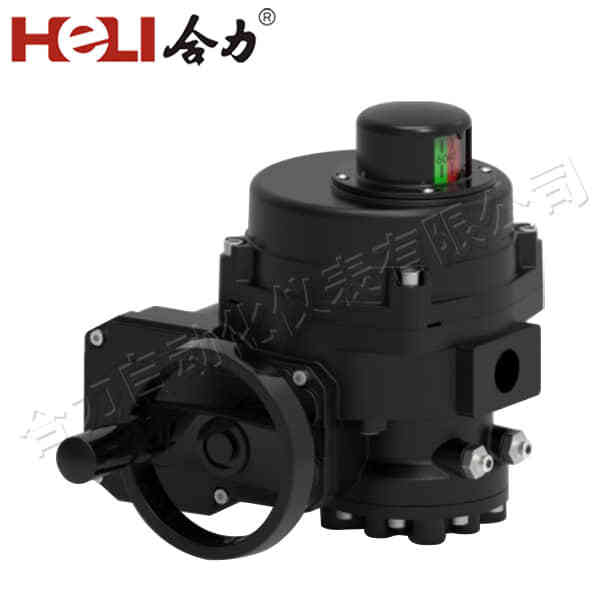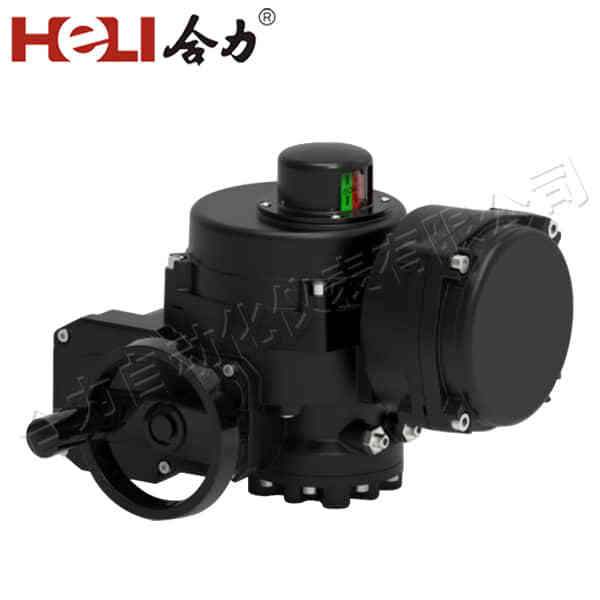Electric actuators for valves are crucial components in modern industrial automation systems. They provide precise control over valves, enabling efficient operation and reliable performance in various industries such as oil and gas, water treatment, power generation, and HVAC systems. This article explores the functionality, types, applications, and advantages of electric actuators in valve automation.

What is an Electric Actuator for Valves?

An electric actuator for valves is a device that uses electrical energy to control the operation of valves. It typically consists of an electric motor, gearbox, and control system, allowing it to turn the valve’s stem or handle to either open or close the valve or modulate its position. Electric actuators can operate valves in response to signals from control systems, providing remote control and automation of valve operations. These actuators can be classified into two primary types based on the movement they produce: linear actuators and rotary actuators. Linear Electric Actuators: These actuators are used in applications where the valve requires a linear motion, such as gate valves, globe valves, or diaphragm valves. The actuator converts rotational motion from the electric motor into linear motion.
